Event details

Organized by Nanjing University, Nature Communications, Nature Materials, Nature Nanotechnology, and Nature Electronics.
The Nature Conference “Atomic-level Manufacturing: Frontiers and Applications” brings together the growing community of researchers working at the forefront of atomic-scale fabrication and control. As the size of the controllable unit in manufacturing decreases from the nanoscale to the atomic scale, and our physical understanding based on nanoscale blocks rapidly advances, a new field of atomic-level manipulation and manufacturing is emerging—realizing a long-standing vision in physical sciences and engineering.
This new frontier is enabled by a surge of novel methods, instrumentation, and conceptual breakthroughs, along with innovative approaches to device and material design. It opens unprecedented opportunities for precisely engineering matter, exploring fundamental physical and chemical processes, and creating materials with tailored and potentially transformative properties.
In this Nature Conference, researchers from physics, manufacturing, chemistry, materials science, and information science—united by a common interest in atomic-level control—will gather to discuss recent advances in methodology, theory, and application. The goal is to catalyze collaboration and chart a path toward future developments in this rapidly evolving field.
Topics:
- Advances in atomic-level manufacturing techniques
- Atomic precision in nanomaterials and nanodevices
- Self-assembly and nanofabrication
- Characterization and analysis
- Applications and products of atomic-level manufactured materials
- Emerging technologies
Register NowSubmit AbstractContact Us
Speakers
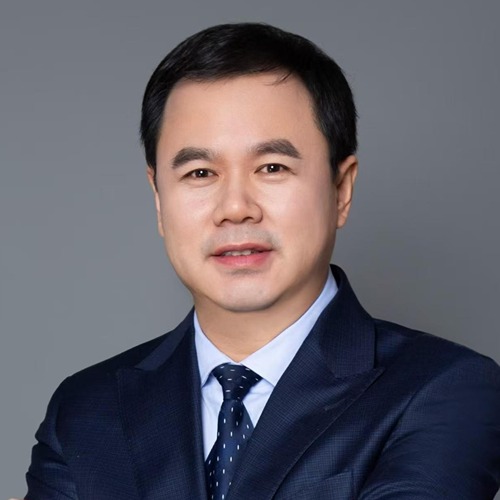
Litao Sun
Southeast University, China
Litao Sun is a Distinguished Professor and Vice President at Southeast University. He received his Ph.D. degree in 2005 from the Shanghai Institute of Applied Physics, Chinese Academy of Sciences, and subsequently conducted postdoctoral research at the University of Mainz, Germany. Prof. Sun has been recognized with several prestigious honors, including the National Science Fund for Distinguished Youth Scholars and appointment as a Changjiang Distinguished Professor at Southeast University. He currently serves as the Director of the Key Laboratory of Micro-Electro-Mechanical System of Ministry of Education.
Prof. Sun’s research focuses on micro- and nano-electronic materials and devices, visualized atomic-scale manufacturing, and in-situ electron microscopy. He has published 3 academic books and more than 300 journal papers, including 2 in Science, 25 in Nature and Nature series journals. Since 2018, he has been recognized as a Highly Cited Researcher .
Prof. Sun’s achievements have been further honored with multiple major awards, including the First Prize of Jiangsu Provincial Science and Technology Awards, the Xplorer Prize, the China Industry-University-Research Cooperation Innovation and Promotion Award, and the First Prize of Invention and Entrepreneurship Award.
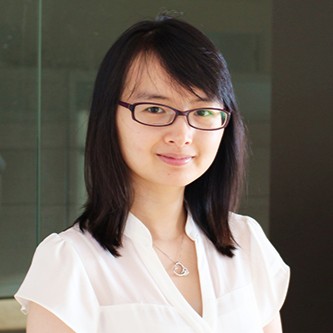
Qian Chen
University of Illinois, Urbana-Champaign (UIUC), USA
Prof. Qian Chen is currently a professor, University Scholar, and Racheff Scholar in the Department of Materials Science and Engineering at the University of Illinois Urbana-Champaign (UIUC). She got her BS degree in chemistry from Peking University and her PhD degree from materials science and engineering of UIUC with Prof. Steve Granick. She completed her postdoctoral research with Prof. Paul Alivisatos at the University of California, Berkeley, under a Miller Fellowship. She became a faculty in 2015 and since then has received awards for the research in her group, such as the Forbes 30 under 30 Science List (2016), the AFOSR YIP (2017), the NSF CAREER award (2018), the Sloan Research Fellow in Chemistry (2018), the ACS Unilever Award (2018), the Hanwha-TotalEnergies IUPAC Young Scientist Award (2022), the Soft Matter Lectureship (2023), the Provost's Award for Excellence in Graduate Student Mentoring (2024), the MRS Outstanding Early-Career Investigator Award (2024), the ACS Nano lectureship (2025), and the ACS Langmuir lectureship (2025). Her group’s research focuses on imaging, understanding, and engineering soft, biological, and energy materials at the nanoscale.
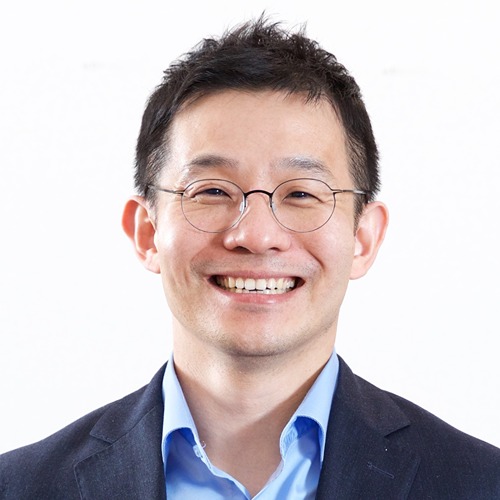
Ki Tae Nam
Seoul National University, Korea
Dr. Ki Tae Nam is a professor in the Department of Materials Science and Engineering at Seoul National University. He is an internationally recognized leader at the intersection of materials science, biology, and electrochemistry, pioneering atomic-precision synthesis and bio-inspired design for transformative technologies. His research bridges fundamental molecular science and practical sustainability, spanning chiral nanomaterials, CO₂ conversion, and advanced electrochemical systems.
Over more than fifteen years as a faculty member, Dr. Nam has led pioneering discoveries that have redefined nanoscale science—from inventing peptide-directed synthesis of chiral inorganic nanoparticles to creating redox-neutral electrochemical platforms for carbon capture and utilization. His work exemplifies conceptual originality, molecular-level precision, and cross-disciplinary integration.
Beyond his scientific achievements, Dr. Nam plays a key leadership role in the global materials community. He serves as an Associate Editor of Nano Letters and a Commission Member of Fulbright Korea. Recipient of the POSCSO TJ Park Prize (2022), Dr. Nam continues to foster international collaboration across academia, industry, and policy to accelerate innovation toward a sustainable future.
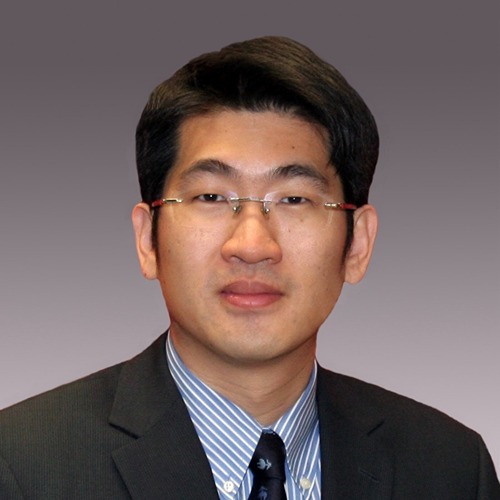
Shih Chi Chen
Chinese University of Hong Kong, China
Dr. Shih-Chi Chen is a Professor in the Department of Mechanical and Automation Engineering at the Chinese University of Hong Kong. He received his B.S. degree in Mechanical Engineering from the National Tsing Hua University, Taiwan, in 1999; and his S.M. and Ph.D. degrees in Mechanical Engineering from the Massachusetts Institute of Technology, U.S., in 2003 and 2007, respectively. Following his graduate work, he entered a post-doctoral fellowship in the Wellman Center for Photomedicine, Harvard Medical School, where his research focused on biomedical optics and endomicroscopy. From 2009 to 2011, he was a Senior Scientist at Nano Terra, Inc., a start-up company founded by Prof. George Whitesides at Harvard University, to develop precision instruments for novel nanofabrication processes. His current research interests include ultrafast laser applications, biomedical optics, precision engineering, and nanomanufacturing. Dr. Chen is a Fellow of Optica (formerly OSA), Fellow of American Society of Mechanical Engineers (ASME), Fellow of International Society for Optics and Photonics (SPIE), and members of the American Society for Precision Engineering (ASPE) and Hong Kong Young Academy of Sciences (YASHK). He currently serves as the Associate Editor of ASME Journal of Micro- and Nano-Manufacturing, IEEE Transactions on Nanotechnology, and HKIE Transactions. In 2003 and 2018, he received the prestigious R&D 100 Awards for developing a six-axis nanopositioner and an ultrafast nanoscale 3-D printer respectively.
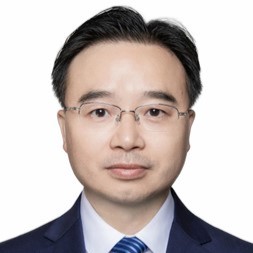
Linmao Qian
Southwest Jiaotong University (SWJTU), Chengdu, China
Linmao QIAN. He is currently a professor of mechanical engineering at Southwest Jiaotong University (SWJTU), Chengdu, China. He received his B.S. (1994) and Ph.D. (2000) degree in mechanical engineering from Tsinghua University in China. After two years at Ecole Normale Supérieure in Paris and one year at the Hong Kong University of Science and Technology as a postdoctoral researcher, he joined the SWJTU in 2002. His research interests include nanotribology and atomic level manufacturing. He has published more than 360 peer-reviewed journal papers and authorized more than 30 patents. He is the co-editor of Jurnal Tribologi, associate editor of Chinese Journal of Mechanical Engineering, and a member of editorial board of eight journals, such as Friction and the Proceedings of the Institution of Mechanical Engineers, Part J: Journal of Engineering Tribology. He can be reached at linmao@swjtu.edu.cn.
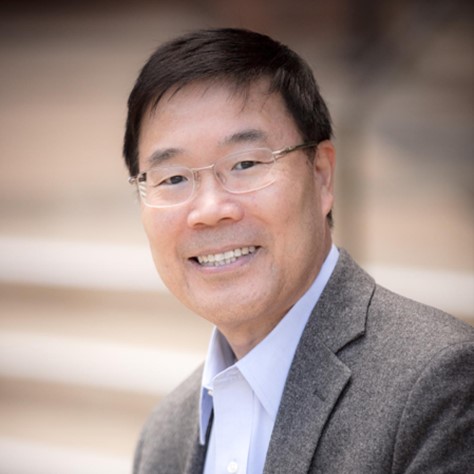
Xiaoqing Pan
University of California, Irvine, USA
Pan is the Henry Samueli Endowed Chair in Engineering, professor of materials science and engineering, and professor of physics and astronomy. He is the inaugural director of the Irvine Materials Research Institute (IMRI) and founding director of the Center for Complex Active Materials – an NSF MRSEC. Pan is an internationally recognized materials scientist and electron microscopy expert due to his pioneering development and applications of novel transmission electron microscopy (TEM) methods for probing the atomic scale structure, properties and dynamic behaviors of materials. His work has led to the discoveries of new materials and novel functionalities. Pan has received the NSF CAREER Award and the Chinese NSF’s Outstanding Young Investigator Award. He is an elected fellow of the American Ceramic Society, American Physical Society, Microscopy Society of America, and the Materials Research Society. He has published over 500 peer-reviewed scientific papers in high impact journals.
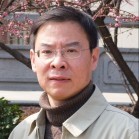
Bing-Feng Ju
Zhejiang University, China
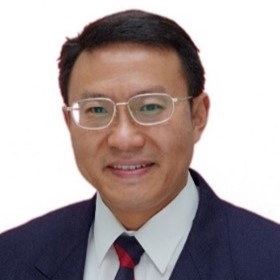
Jianbin Xu
The Chinese University of Hong Kong, China
Professor Dr. Jianbin Xu is an Associate Dean of Engineering, and a Choh-Ming Li Chair Professor of Electronic Engineering at The Chinese University of Hong Kong. Meanwhile, he is Academic Vice President of Shenzhen Institutes of Advanced Technology (SIAT), Chinese Academy of Sciences. He earned his doctorate from Universität Konstanz in 1993, particularly under supervision by Prof. Dr. h.c. mult. Klaus Dransfeld. Professor Dr. Xu is a renowned scholar in electronic materials and devices. His research interests include nanotechnology for electronics and photonics, 2-dimensional materials and devices, nanoscopic characterization, functional materials, physics of organic semiconductors, thermal science and thermal management. He has secured more than 50 research grants and yielded plentiful research outputs. He is a prolific scholar, having published over 600 technical papers and held a dozen of patents. He is a Fellow of the Institute of Electrical and Electronic Engineers (IEEE) and Foreign Fellow of European Academy of Sciences. He has received several international and national awards. He has also served in numerous technical conferences and funding agencies as well as professional journals. He is currently serving as an Editor of IEEE Transaction of Electron Devices and a Member of Editorial Advisory Board of ACS Nano, npj 2D Materials and Applications.
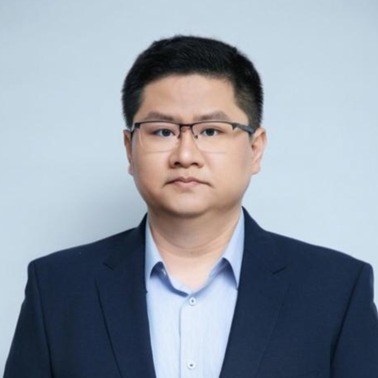
Jihan Zhou
Peking University, China
Jihan Zhou is an tenure-tracked assistant professor and Principal Investigator of Physical Chemistry in College of Chemistry and Molecular Engineering, Peking University. He received his bachelor’s degree in chemistry and his PhD degree in polymer chemistry and physics from Peking University, in 2009 and 2014, respectively. He completed postdoctoral research at UCLA, performing the first four-dimensional atomic electron tomography experiment on capturing early-stage nucleation.
His current research interests entail using and developing advanced electron microscopy, particularly atomic resolution electron tomography, to probe the three-dimensional (3D) atomic structure of interfaces and their dynamics and to solve traditionally intractable problems in physics, chemistry, materials science and nanoscience. He has published more than 60 papers in top-tier journals including such as Nature (2), Science (1), Nat. Mater. (3), Nat. Catal. (1), Nat. Commun. (3), JACS (1).
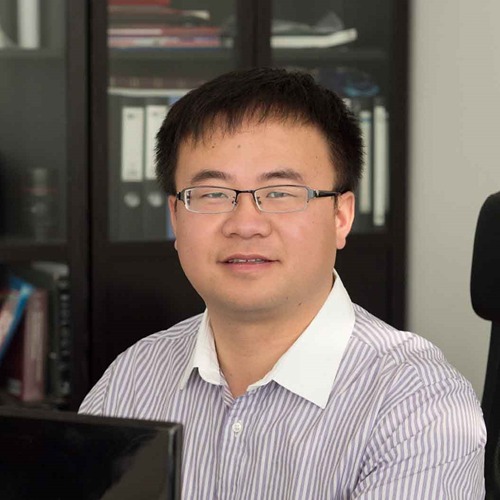
Zhen-An Qiao
Jilin University, China

Leo Gross
IBM Research, Zurich
Leo Gross is a Principal Research Scientist at IBM Research Europe – Zurich. He studied physics at the Free University of Berlin, at Tulane University, New Orleans, at University of Münster and received his PhD in physics in at FU Berlin in 2005. He joined the IBM Zurich Research Laboratory in 2005 as a post doc in the group of Gerhard Meyer. Leo Gross pioneered atomic resolution of single molecules and charge-sensing on the atomic scale by atomic force microscopy (AFM). He develops and applies AFM and scanning tunnelling microscopy (STM) for molecule identification, characterization and on-surface synthesis, and for studying charge transfer on the atomic scale.
Leo Gross received the Gerhard Ertl Young Investigator Award in 2010, the Feynman Prize for Nanotechnology in 2012 and the Silver Combustion Medal in 2020. He is fellow of the American Physical Society and the European Academy of Sciences. He received an ERC Consolidator Grant in 2016 and an ERC Synergy Grant, together with Jascha Repp, University of Regensburg and Diego Peña, University of Santiago de Compostela, in 2021.
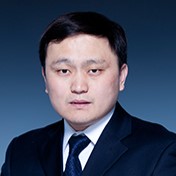
Guoxin Xie
Tsinghua University, China
Guoxin Xie is a Professor at Tsinghua University and concurrently serves as the Deputy Director of the State Key Laboratory of Tribology in Advanced Equipment in China. He has been awarded as a High-level Talent in China and has received support from the Excellent Youth Fund of the National Natural Science Foundation of China as well as the Beijing Outstanding Youth Fund.
His research interests encompass intelligent lubrication, atomic - level manufacturing, and superlubricity under harsh operating conditions.
In terms of professional affiliations, he is a member of the Chinese Society of Corrosion and Protection., the Deputy Director and Secretary-General of the Abrasion and Wear Committee, the Chairman of the Youth Committee of the Chinese Tribology Institute, and a member of both the Space Machinery Society and the Mechanical Transmission Society.
Moreover, he contributes to academic publishing as an Associate Editor or editorial board member for journals such as "Friction", "Applied Mechanics", and "China Surface Engineering".
Professor Xie has secured over 30 scientific research projects and published more than 130 scientific papers. His academic achievements have been recognized with numerous awards, including two First-class Prizes and two Second-class Prizes of Natural Sciences from the Chinese Ministry of Education, the Ragnar Holm Award from Sweden, and the National Outstanding Doctoral Dissertations Award of China. Additionally, he has chaired several academic conferences.
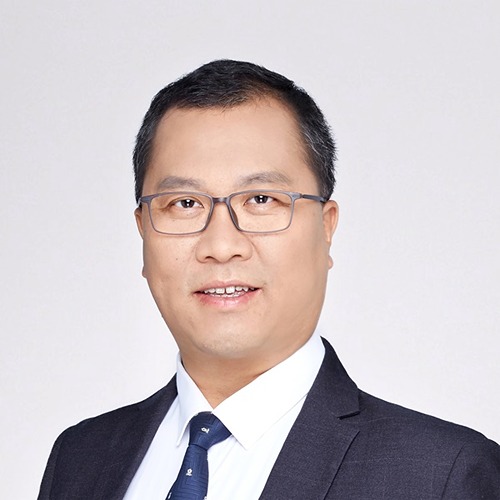
Xuefeng Guo
Peking University, China
Prof. Xuefeng Guo
Boya Distinguished Professor of Peking University, Changjiang Distinguished Professor of the Ministry of Education, and National Outstanding Young Scholar. He received his bachelor's and master's degrees from Beijing Normal University in 2001, and his Ph.D. from the Institute of Chemistry, Chinese Academy of Sciences in 2004. Then, he carried out his postdoctoral research at Columbia University in 2004~2007 and started his independent career at Peking University in 2008. He has been engaged in the research of molecular materials and devices for over two decades, developed a breakthrough method for the preparation of stable single-molecule devices, constructed the world's first stable and controllable single-molecule electrical switch, developed a universal single-molecule electrical spectroscopy, and opened up new fields of single-molecule science and technology. He has published more than 275 SCI papers (IF>10,150 papers), including 2 Science, which have attracted wide attention from science and industry and have been highlighted more than 50 times in different forms by journals and media such as Scientific American, Nature, and Science. He has owned or applied for more than 50 international and domestic patents, published 4 books, and won the National 100 Outstanding Doctoral Dissertation Award, the first prize of the Natural Science Award of the Ministry of Education, the first prize of the Beijing Natural Science Award, the Top Ten Scientific and Technological Advances of Chinese Colleges and Universities, the Top Ten Advances in Chinese Science, and the first Science Exploration Award.
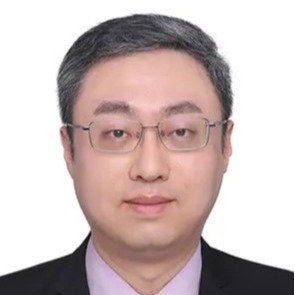
Wei Ji
Renmin University of China, China
Ji, Wei (季威) is a computational physicist, working in the field of surface and interface modelling of low-dimensional materials. His recent research interests include theoretical modelling of electronic, magnetic, and electric polarization properties, as well as developing fabrication strategies of two-dimensional materials. He received his Ph.D in condensed matter physics from the Institute of Physics, Chinese Academy of Science in 2008. Prior to joining Renmin University of China, he spent four years in McGill University as a visiting scholar and then a postdoctoral fellow. He was originally appointed as an Associate Professor by Renmin University of China in 2010 and was early promoted to Full Professor in 2014. He currently holds the Wu Yuzhang Chair Professorship of Renmin University of China. He was supported by or awarded with four national innovative projects or professorships in 2014, 2015, 2016 and 2021. He also serves as an Editorial Board Member of Science Bulletin, Chinese Physics B, Frontiers of Physics and 2D Materials, as well as a committee member of the computational materials science division of the Chinese Materials Research Society. He published over 250 papers in scientific journals such as Science, Nature Materials, and Nature Nanotechnology, which have received over 18,000 citations (WoS).
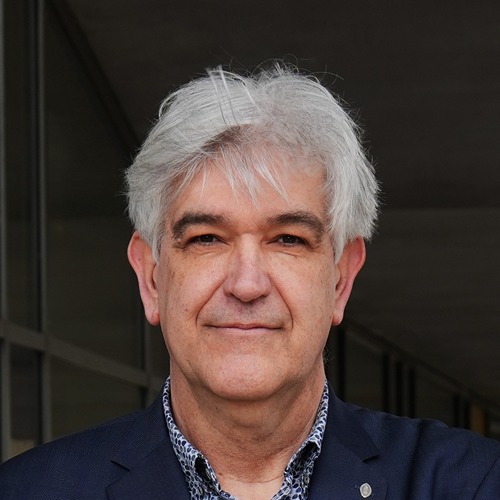
Peter Lievens
KU Leuven, Belgium
Peter Lievens is Professor of Experimental Physics at the Department of Physics and Astronomy, Faculty of Science, KU Leuven, Belgium. After his PhD at KU Leuven in nuclear physics (1991) he was Fellow at CERN, Geneva, Switzerland before returning to Belgium in 1993 to switch research topics towards nanoscience and experimental quantum physics as Postdoctoral Researcher of the Research Foundation – Flanders (FWO). He obtained tenure as Research Professor (BOF-ZAP) in 2001 and is Full Professor at KU Leuven since 2007. In 2008-2009 he was Vice Dean for Education of the Faculty of Science, where he got elected as Dean in September 2009, taking office until 2017. From August 2017 until July 2025 he was Vice Rector of International Policy, Interculturality and Alumni Policy at KU Leuven.
The focus of his research is on experimental investigations of physical and chemical properties of atomic clusters in the gas phase, individual nanoparticles on surfaces, cluster assembled thin films, and other low-dimensional systems. He has been granted research projects by the Research Foundation – Flanders, the KU Leuven Research Fund, and the European Framework progammes, including as coordinator of two Marie-Slodowska Curie Action Initial Training Networks. He published over 260 papers in international peer-reviewed journals and presented over 70 invited lectures at international conferences, workshops, and universities. He has been supervisor of 32 PhD students and over 20 postdoctoral fellows.
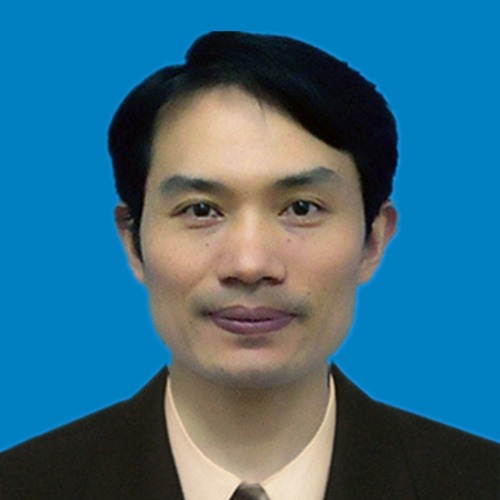
Zhikun Wu
Institute of Solid State Physics, Chinese Academy of Sciences, China
Professor Wu have been worked in the institute of Solid State Physics, CAS as a team leader since 2010. He received his Ph.D. in chemistry in 2004 from the Institute of Chemistry, Chinese Academy of Sciences. He started atomically precise nanochemistry research as a post-doc with Prof. Rongchao Jin in 2008. At that time, the major challenge in the field is the facile acquirement of atomically monodisperse metal nanoparticles. They proposed “kinetic control and thermodynamic selection” strategy for the synthesis of monodisperse/narrow distributed metal nanoparticles, and further introduced preparative thin layer chromatography (PTLC) to separate muti-disperse metal nanoparticles. On the basis of synthesis advancement, they resolved the structure of Au144(SR)60—the Holy Grail of a large family of thiolated gold nanoparticles, extended the metal types of thiolated, precise metal nanoparticles from coinage metals to other metals (e.g. Pd), found the structure isomerization and the fourth crystallographic closest packing, revealed the charge transfer and delocalized electron donation photoluminescence mechanism, etc. In particular, he is well known as the discoverer of anti-galvanic reaction and the leader of current anti-galvanic reaction-related research.
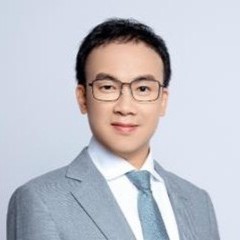
Yuen Wu
University of Science and Technology of China, China
Prof. Yuen Wu acts as a Doctoral Supervisor in the Department of Applied Chemistry at the University of Science and Technology of China. He concurrently holds the post of Adjunct Professor at the First Affiliated Hospital of the University of Science and Technology of China and has been conferred the title of Ministerial-level Special Professor by the Ministry of Education. In recent years, Professor Wu has focused on the rational design of single-atom and cluster catalysts, as well as the exploration of these catalysts in industrial applications, particularly in the precise activation of small molecule "chemical bonds" in the fields of energy and catalysis. In 2015, he received funding from the National Natural Science Foundation of China for an Outstanding Young Researcher. In 2017, he was funded by the National Key Research and Development Program's Nanotechnology Special Project and served as the principal investigator. In 2018, he received the Young Talent Award of the Chinese Chemical Society. In 2019, he received the Young Chemistry Award of the Chinese Chemical Society. In 2020, he received the Huo Yingdong Young Teacher Award. In 2025, he received the Young Chemistry Award of the Chinese Chemical Society-Royal Society of Chemistry of the United Kingdom.
In recent years, he has published over 150 academic papers as the corresponding author in international mainstream journals, including Nat. Catal. (3), Nat. Nanotechnol. (1), Nat. Synth. (1), PNAS (2), J. Am. Chem. Soc. (16), Angew. Chem. Int. Ed. (21), Nat. Commun. (13), Adv. Mater. (8), Chem (2), Joule (2), etc. The total citations of his papers exceed 29400, with an h-index of 74. From 2020 to 2024, he has been continuously included in the Clarivate Analytics Highly Cited Researchers list. Currently, he serves as the editor-in-chief of the journal Industrial Chemistry & Materials, the editor-in-chief of Science China Materials, the guest editor of Small Methods (single-atom catalysis special issue), the young editor of the Journal of Inorganic Chemistry, the young editor of Chemical Research in Chinese Universities, the member of the Fuel Cell Committee of the Internal Combustion Engine Association, the member of the Fuel Cell Committee of the Chinese Chemical Society, the member of the CO2 Committee of the Chinese Chemical Society, and the member of the Nanozyme Committee of the Chinese Chemical Society.
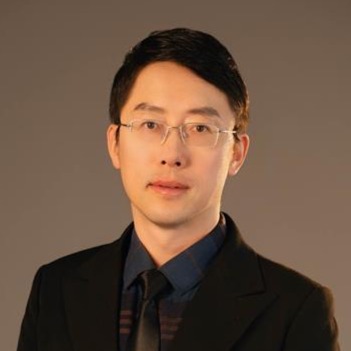
Fengqi Song
Nanjing University, China
Professor Fengqi Song holds the position of Professor at the School of Physics, Nanjing University, where he also serves as the Director of the Institute of Atom Manufacturing and the Nanjing Institute of Atomic Scale Manufacturing. Recognized as a national high-level talent, he is the Chief Scientist leading the Jiangsu Province's Atomic-Scale Manufacturing Experimental Facility.
His research is centered on atomic-scale manufacturing science and technology. Under his leadership, the design and construction of an Atomic-Level Manufacturing Facility have been advanced, achieving a cluster beam current exceeding 10 nA and surpassing key thresholds in cluster material fabrication. His work also involves probing the atomic-level interaction dynamics between gas clusters and surfaces to enable residue removal for atomic-level wafer devices. Additionally, he has developed specialized cluster metal powders with melting points reduced by more than half, pioneering methods in "same-material welding". In the realm of electronic physics, Professor Song has contributed to verifying diverse topological quantum states and phenomena such as universal conductance fluctuations, the quantum Hall effect, and Chern insulator states.
Prof. Song has authored over 150 research publications, including more than 20 papers as (co-)first author or corresponding author in prestigious journals such as Nature Materials, Nature Nanotechnology, Nature Physics, Nature Electronics, Nature Communications, and Physical Review Letters. He also serves on the editorial boards of several leading journals, including Advances in Physics: X, Nanotechnology, Nano Future, and Chinese Physics Letters.
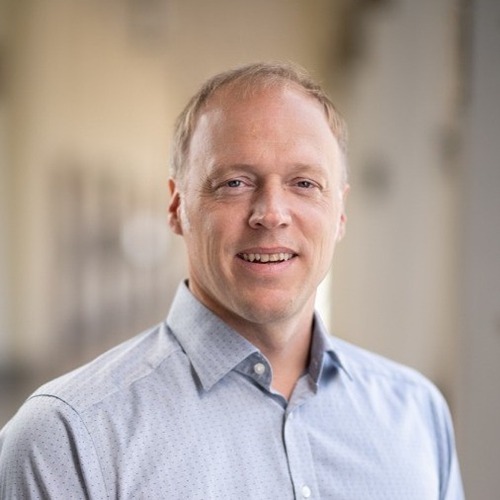
Tim Liedl
Ludwig-Maximilians-University of Munich, Germany
Tim Liedl works at the Department of Physics, Ludwig-Maximilians-University of Munich. He has co-pioneered the development of three-dimensional DNA origami, a now widely used method in nanotechnology. In his laboratory he has developed techniques for the nanometer-precise assembly of metallic nanoparticles, enabling advanced plasmonic architectures and applications. After establishing silicification protocols for DNA origami nanostructures, his team demonstrated the growth of single-crystal diamond lattices exhibiting structural color.
The research of Tim Liedl is multi-disciplinary and exploratory positioned at the interface between physics, nanotechnology, material sciences and molecular biology. Among other topics, his group currently combines established lithography methods with the advantages of self-assembly and molecular addressability. The design of functional DNA hybrid materials and their characterization will help us to understand optical, mechanical and chemical interactions across multiple scales and across levels of organization.
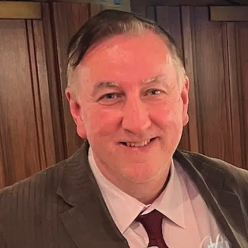
Richard Palmer
Swansea University, UK
Prof. Richard E Palmer
Swansea University, Grove Nanomaterials Ltd & Nanjing University
https://swanseanano.uk/
Richard Palmer is Head of the Nanomaterials Lab at Swansea University, UK, in his hometown. He is also Founder and CEO of Grove Nanomaterials Limited and Visiting Professor, School of Physics, Nanjing University, China. His research on atomic clusters (nanoparticles) includes fundamental studies of atomic structure, metastability and dynamics as well as scale-up and applications in catalysis, energy and biomedicine. Other well-established research themes include atomic manipulation in STM and semiconductor nanofabrication.
Richard was awarded an MA and PhD at Cambridge University where he also held 1851, Clare College and Royal Society Fellowships. At Birmingham he founded the UK's first centre for nanoscience. Honours include: IOP Boys Medal; Honorary Doctorate from Hasselt University, Belgium; British Vacuum Council Yarwood Medal; EPSRC Senior Fellowship; and Fellowships of IOP, RSC, Learned Society of Wales. He has >500 publications, h = 68, and >20 families of patent applications. His work has led to a series of spin-out companies including Inanovate, Irresistible Materials and Nium as well as Grove. He is founding Editor-in-Chief of the journal Advances in Physics: X (Taylor and Francis) and Editor of the Elsevier Book Series ‘Frontiers of Nanoscience’.

Johannes Barth
TU Munich, Germany
After studying physics at Munich’s Ludwig Maximilians University J. Barth received his doctorate in physical chemistry with G. Ertl at the Fritz Haber Institute of the Max Planck Society (Berlin, 1992). Hereafter he was an IBM Postdoctoral Fellow at the IBM Almaden Research Center in San Jose, and spent over a decade at the École Polytechnique Fédérale de Lausanne, where he received the venia legendi. Prior to his nomination as TUM full professor in 2007, he held a Canada Research Chair at the University of British Columbia, Vancouver. At TUM he also has been serving as Dean since many years.
Research activities center on exploring physicochemical phenomena at interfaces and engineering molecular nanosystems.
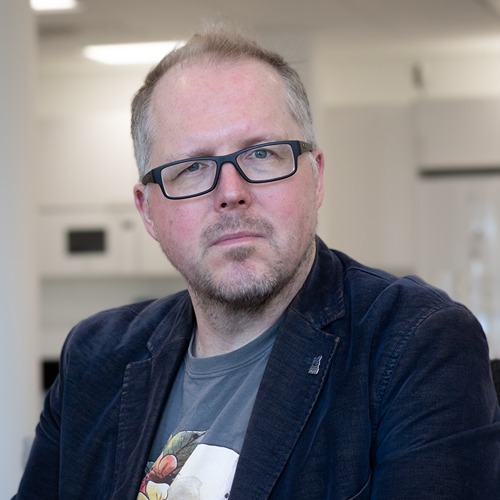
Adam Foster
Aalto University, Finland
Adam S. Foster is a professor in the Department of Applied Physics at Aalto University in Finland, where he leads the Surfaces and Interfaces at the Nanoscale (SIN - www.aalto.fi/physics-sin) research group. His work focuses on atomistic and quantum mechanical simulations to explore surface and interface phenomena at the nanoscale, often in close collaboration with experimentalists. His research encompasses areas such as catalysis, solid-liquid interfaces, quantum materials, microelectronics, and molecular assembly, frequently integrating advanced scanning probe microscopy (SPM) techniques. In recent years, his group has been active in developing machine learning methods for SPM analysis and control.
He earned his master's degree in theoretical physics from Newcastle University in 1997 and completed his Ph.D. at University College London in 2000. Following a postdoctoral position at the Helsinki University of Technology, he became an Academy of Finland Senior Fellow in 2004. He was appointed professor at Tampere University of Technology in 2009 and joined Aalto University in 2012. Additionally, he serves as a research professor at Kanazawa University in Japan, contributing to the Nano Life Science Institute (NanoLSI), where he applies computational physics to model complex scanning probe images, including those of biological systems.
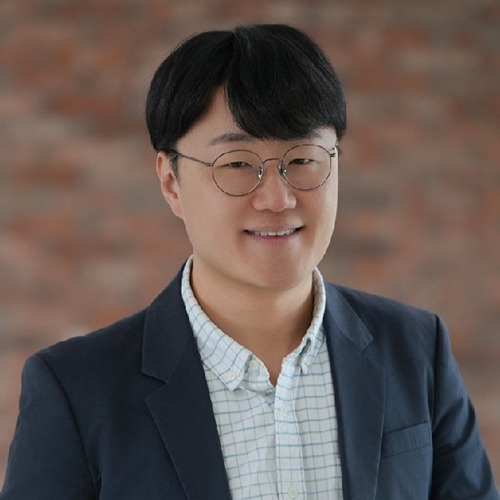
Yongsoo Yang
Korea Advanced Institute of Science and Technology (KAIST), South Korea
Yongsoo Yang is a researcher in the Department of Physics at the Korea Advanced Institute of Science and Technology (KAIST). He earned his Ph.D. in Physics from the University of Michigan, where he focused on synchrotron X-ray scattering to investigate atomic structures at surfaces and interfaces in oxide systems. During his postdoctoral research at UCLA, he expanded into electron optics and pioneered atomic electron tomography, a technique enabling three-dimensional structural determination of nanomaterials at the single-atom level. At KAIST, his research centers on advancing multi-dimensional electron imaging, with particular emphasis on precise 3D mapping of atomic arrangements at surfaces and interfaces, and the atomic-scale characterization of complex topological order.
